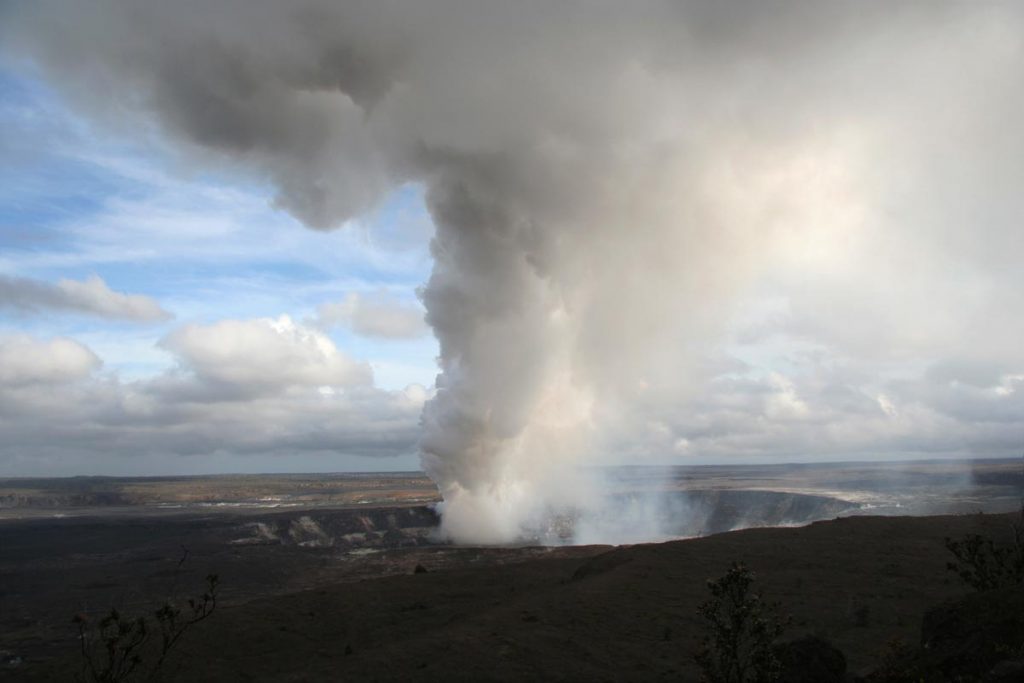The more information about space and other planets is being discovered, the more it is getting established that the universe is colossal and dangerous. Recently, it was discovered that Mars is the product of a myriad of “super-eruptions” that went on for 500 million years. According to a recent blog post from the agency, this marks these archaic volcanic sites as the biggest eruptions known to modern science.
These eruptions occurred 4 billion years ago. Still, it gives evidence that Mars was an active plant once. Some of these eruptions were so powerful that they created entire oceans of dust and toxic gases into the air. These particles blocked sunlight out and changed the planet’s climate for tens of years.
The northern area of Mars is called the Arabia Terra and it was discovered that eruptions more violent than any planetary eruption happened at its surface. Carbon dioxide, water vapor, and sulfur dioxide were given off into the air as a result. These developments were first published in the journal Geophysical Research Letters in July of this year and NASA just confirmed these.
“Each one of these eruptions would have had a significant climate impact — maybe the released gas made the atmosphere thicker or blocked the sun and made the atmosphere colder,” said Geologist Patrick Whelley of NASA’s Goddard Space Flight Center in Greenbelt, Maryland.
When these humongous eruptions ended, they collapsed in a massive hole called a caldera. They are also present on the Earth. On Mars, there are 7 of these near the Arabia Terra. Resources used were Mars Reconnaissance Orbiter’s (MRO’s) Compact Reconnaissance Imaging Spectrometer to understand the mineral composition of Mars’ surface.
Further, 3D topographic maps of Arabia Terra were created. “That’s when I realized this isn’t a fluke, this is a real signal,” explained Geologist Jacob Richardson at NASA’s Goddard, who collaborated with Whelley and the research team. “We’re actually seeing what was predicted and that was the most exciting moment for me.”
There is still an explanation needed for the eruptions to only occur at one place instead of them being spread around like the ones that happened 76000 years ago on earth.

